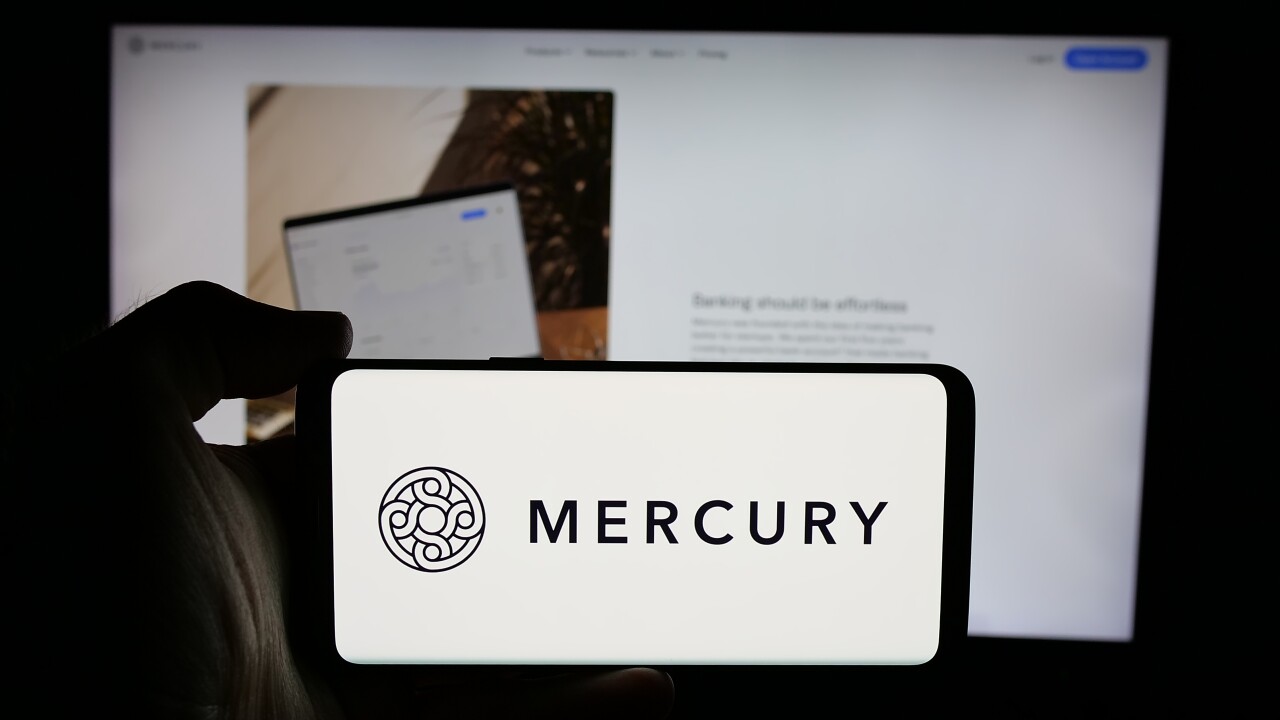More members are getting face time with their credit unions without ever setting foot inside a branch.
Fintechs keep developing new twists on financial tools that allow credit unions to be more nimble in serving members. This includes offering mobile video banking. This channel allows for a streamlined and customized interaction between members and employees, expanding the depth and breadth of customer experiences, experts said.
Still, there are challenges to credit unions implementing this service.
“The person who has been hospitalized can now go into the branch via this video mobile application to talk to their representatives and take care of their financial issues,” said Gene Pranger, founder and CEO of POPi/o Mobile Video Cloud, which provides interactive video solutions.
It’s likely that mobile video banking will be more widely adopted in the coming years. Eighty-two percent of financial services professionals said they already offer or plan to offer video banking, according to a Vidyo survey that included responses about online and in branch video banking from more than 280 financial institutions in 43 countries.
Eighty-five percent of consumers who have used online video banking, which includes smartphones, tablets and computers, said they would do it again, according to the Vidyo survey. The report also included responses from more than 4,000 consumers in four countries, including the U.S.

Adam D. Denbo, partner at Samaha & Associates, a management and advisory firm, believes that in the next three to five years mobile-based video banking will be a necessity for all credit unions.
Because of this, early adopters will have an advantage in the marketplace, Pranger said.
Southwest Financial Federal Credit Union in Dallas is one of these first movers. It began offering video banking in September 2017 initially through a desktop platform and has since expanded to mobile.
The technology helps smooth the lending process for members, said Luke Campbell, vice president of member loyalty and opportunity at Southwest. For example, the institution routinely encounters members who call to inquire about the receipt of loan documents via fax. The mobile video banking service helps eliminate this step since members can find out in real time if the credit union received the documents, Campbell said.
“It's more of a face-to-face experience in real time,” Campbell said. “Our members know exactly that their loan is going to close because they know that all their documents were taken properly through that video chat platform.”
In addition to giving members direct access to representatives at their convenience and regardless of their geographic locations, video-based mobile banking also enables credit unions to use human resources more effectively, Pranger said. Rather than placing multiple agents at every retail branch, it consolidates them into a centralized video call center.
Southwest has just $67 million in assets and 28 employees but mobile video banking has allowed it to expand its footprint at a more affordable rate than other technology, such as integrated interactive teller machines, Campbell said.
“Members who are hundreds of miles away from us are still able to reach us,” he added.
Yet, there are still issues with credit unions widely adopting mobile video banking. For one, institutions need to integrate video banking, which is an additional delivery channel, seamlessly into retail branches, web channels and mobile applications, Pranger said. That can be difficult.
Uninterrupted connection is another hurdle facing the service. Southwest’s Campbell acknowledged that members in secluded areas might not get a stable wireless signal to sustain the mobile-based video chat application.
Samaha & Associates hasn’t implemented a mobile video banking product because the technology is not stable enough for them to pull the trigger yet, Denbo said.
"Our credit union clients are really wanting a seamless and smooth member experience," Denbo said. "Click here and instant video – they don't want any speed bumps in the process. We are just not seeing it right yet."
But the launch of 5G should facilitate greater stabilization and consistency in video banking via mobile, paving the way for its wide adoption, Denbo said.
As video mobile banking becomes the norm rather than a differentiator, the service will eventually be embedded within the mobile banking offering, reducing the cost to make it affordable for both large and small credit unions, Denbo said.
“If you are going through online banking on a mobile device and have a question on something, you should be able to just push [a button] and talk to a live person via video,” Denbo said.
Still, even small credit unions are finding ways to launch mobile video banking right now. The $44 million-asset River Valley Community Federal Credit Union in Camden, Ark., rolled out POPi/o’s video banking service as a stand-alone application to selectively assist in closing loans and transactions in May, said CEO Mark Hixson.
“The comfort level of using that technology is there because the video connects members with people that they trust,” Hixson said. “They see their face, they hear their voice, and they're able to overcome some of the fear just because that video application is there.”





